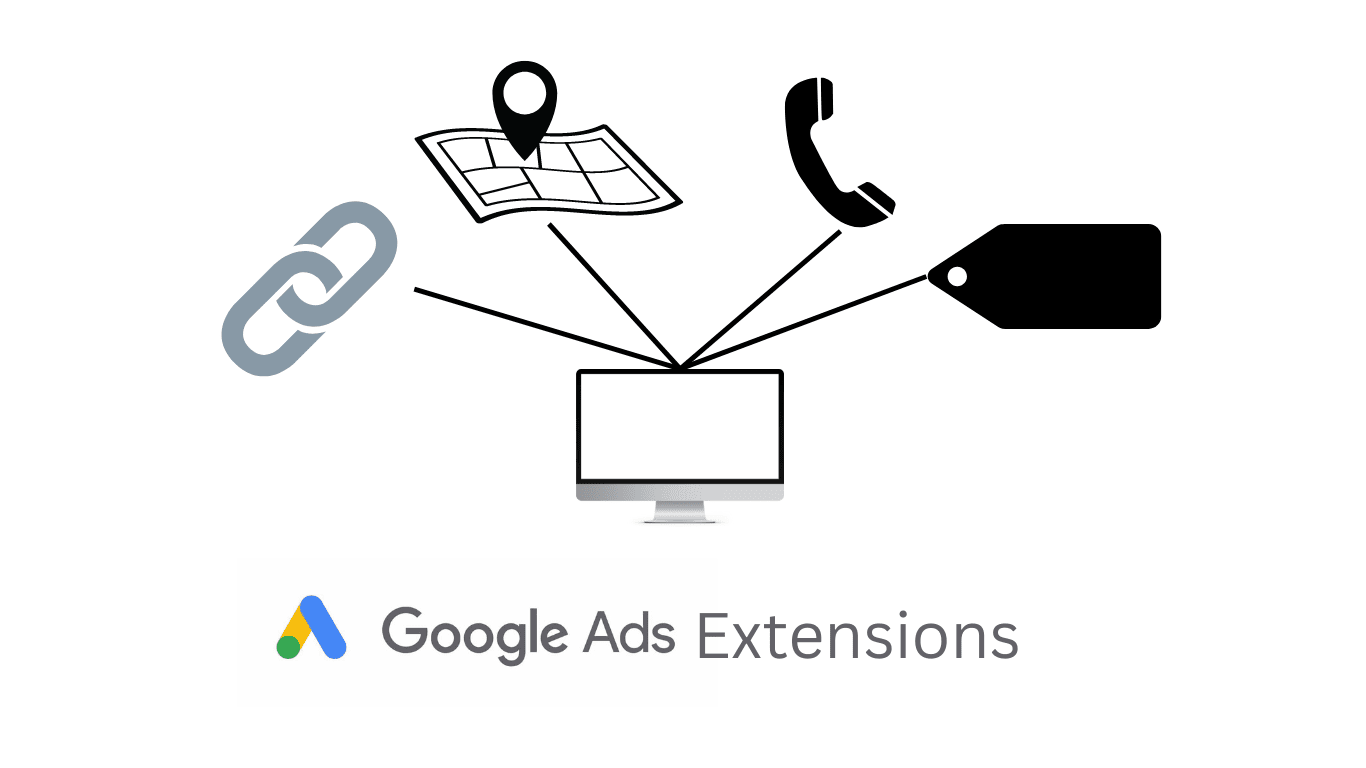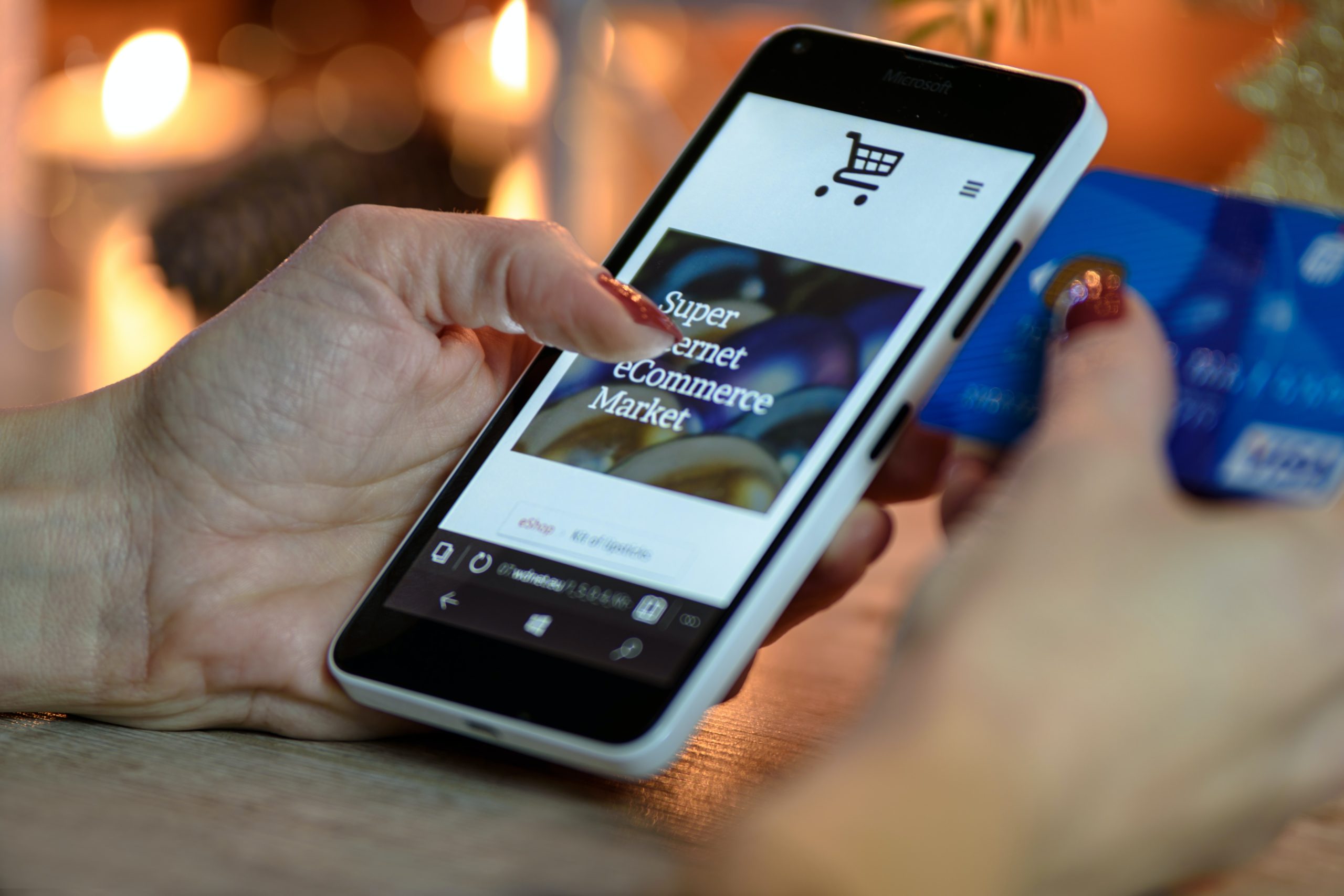User privacy has taken some grand leaps in the last decade. The introduction of GDPR, Apple restricting apps tracking abilities, and Google announcing it will be phasing out third-party cookies in the second quarter of 2024. With third-party data slowly completely being removed how will companies acquire audiences and fill their funnel?
What is third/first-party data?
Third-party data is data collected across the internet tracking the purchases, website visits, and intentions of customers. This data can then be used by marketers to target audiences with the specifications they require.
Third-party data has been the powerhouse behind companies gathering an audience and ultimately customers in the last two decades. It is a way to instantly reach your target audience. Marketing at its core is about satisfying the needs of your customer to make a profit. However, with the power of this data, the customers’ needs are no longer a priority.
First-party data is data collected by your company directly from your customers or prospects.
Build strong relationships with your customers
Third-party data is essentially just a bridge to first-party data, a much better type of data. Accumulating first-party data is one of the best ways to start building stronger relationships with your customers. Not only will it give you a better overview of what your customers want but it will also increase the intent of the customer. Here are a couple of benefits of first-party data:
- Improved customer experience through better personalization
- Stronger engagement and brand loyalty
- Your data is unique unlike third-party data everyone has access to
- Enables you to make smarter use of other data collected (e.g. Website analytics)
How to collect better and higher quality first-party data
First-party data and building relationships sounds great, right? Well, it’s also very difficult to obtain. With online privacy becoming a more well-known topic customers have started being more and more careful with what data they willingly give away. So don’t ask them to give their data away. Rather offer an exchange, their data for something of value. Every exchange with your customers needs to leave them feeling like they got more than they gave, including the actual purchase. You can offer tools, e-books, guides, and much more.
Once you have figured out what value you will provide customers, here are a couple of ways to improve the amount of data you get:
- Explore new channels such as Reddit, Pinterest, and many more.
- Take a deeper look into already existing data (e.g. analytics, CRM)
- Increase on-site tracking – without being able to know what users are doing on other sites you need to focus on knowing exactly what they do on your site
- Improve SEO
If you need help entering this new era of digital marketing, don’t hesitate to schedule a consultation below.



